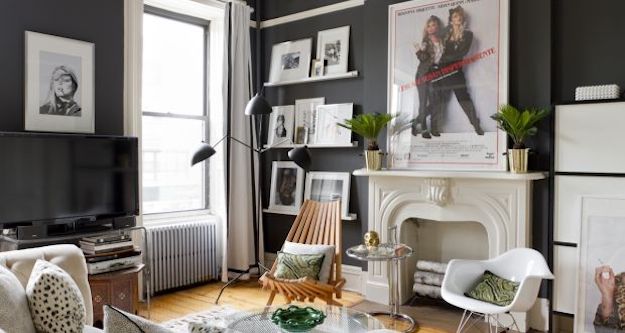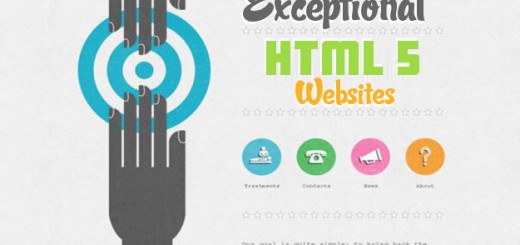Interior design has come a long way in the past few years. Developments in how design companies, furniture makers, and home goods stores use technology has changed the way people approach interior design. Perhaps the greatest advancement has been the availability of virtual staging software. Virtual staging uses a portal or application to mimic actual dimensions and features of a house. Typically, homeowners take pictures of rooms in the house and upload them into the software which then creates an interactive virtual replica. Clients and companies can stage the room virtually, eliminating a lot of time-consuming work and expense that is part of traditional interior design. If you’re considering interior design, check out these 10 benefits of virtual staging and give it a try.

1. Easy Preview
The first thing that comes to mind when you think virtual design is the ease of it all. Homeowners don’t have to keep appointments with designers around their busy schedules. They don’t have to buy a dining set to see how it will look and then return it if it’s not right. Virtual designs are constructed in 3D models of rooms that mimic what changes will look like. You don’t have to go into a studio and flip through swathes of material to decide on a color or visit showrooms to pick out furniture. Everything can be done online.
2. Multiple Design Looks
The ease of previewing design mockups with virtual staging makes getting multiple looks a breeze. Interior designers or homebuilders don’t have to spend a lot of time making physical mood boards when they can arrange everything with software. This enables designers and clients to go through several motifs before settling on the best one. Clients don’t feel like they’re pressuring designers for one more revision, and designers can have more confidence they’re delivering on a client’s vision.
3. Great for Color Changes
There’s a lot of pressure around choosing colors. You’re never quite sure how a shade of grey is going to look, or how the light will affect the color in the room. In the past, color choices for paint and furniture were done by viewing squares smaller than the palm of a hand. It’s hard to project that onto an entire wall in your head. Virtual staging creates a realistic version of a room and shows how colors will affect the mood and lighting. You don’t have to take a leap of faith on color, you can see how it will work before any paint hits the wall.
4. Faster Design Alterations
It takes time to build synergy with an interior designer. It’s hard for them to interpret what you want when you have limited design experience. Virtual staging makes it so there’s no frustration when things need to be changed. You may have liked the couch against the wall initially, but after giving it some thought you want to see it next to the fireplace. No problem. Designers can use virtual staging to make fast changes to their design plans.
5. Saves Money
One of the best benefits of virtual staging is that it’s cheaper! Interior designers can work faster, and thus charge less when they don’t have to travel back and forth or deal with real materials. Or you could DIY design and save the cost of hiring out. When you’re designing yourself, you’ll make less purchase mistakes because you’ll get the room just right before paying. Working virtually makes things more efficient so projects can be finished faster and under budget more often.
6. Photo Editing Removes Clutter
Sometimes homeowners wish they could press a reset button on their house and make everything disappear. Years of clutter and old sofa beds build up and it’s hard to even imagine what a makeover would look like. No, you don’t need to put everything in storage so you can work with a blank slate. Everything in a house can be wiped clear with photo editing in virtual staging. Homeowners can see what their house will look like with a whole new design without lifting a finger.
7. Less Actual Disruption
Great interior design doesn’t happen overnight. In fact, it can go on for months. Houses undergoing redesign have enough disruption during the actual building phase. Movers, painters, electricians and all sorts of other people are coming in and out upending normal life. Virtual staging at least takes away from some of those interruptions because the sampling and testing phase can be done virtually.
8. Interactive Design
With the pinch of two fingers, designers and clients can move tables from one corner of the room to another. They can switch out beds and change the type of curtains hanging in the living room. Modern virtual staging applications have so many options for customization. The best part about it is that design has become so intuitive that anyone can pick it up quickly. You don’t need to be an expert with tech to play around with virtual staging.
9. Cuts Down on Mistakes
Is there anything worse in the interior design world than working and paying for something and then having it turn out poorly? The colors didn’t turn out right, or you thought the couch you love would fit but it doesn’t. Maybe a coffee table looked great, but just doesn’t go together with the sitting chairs you bought. Interior design mistakes can mean a lot of money and even more time getting things right. Virtual design is the perfect way to minimize mistakes. Exact measurements can be scaled down to size and homeowners can see exactly how everything will look as a finished product.
10. Perfect Collaboration Tool
One of the top benefits of virtual staging is that clients and designers or retailers can work together on a design without being in a room together. Clients can pin brands and looks they like in a virtual clipboard for the designer to work with, and companies can provide make suggestions based on customer preferences. Virtual staging really facilitates the ideal partnership between interior designers and owners.
Virtual staging has made its way into real estate companies, furniture stores, and interior design firms. It makes it possible for every homeowner to have options when designing their house. Whether you’re designing your home yourself, or working with an interior designer, it’s a great tool that saves time and money. Virtual staging makes every homeowners dreamhouse a real possibility.




